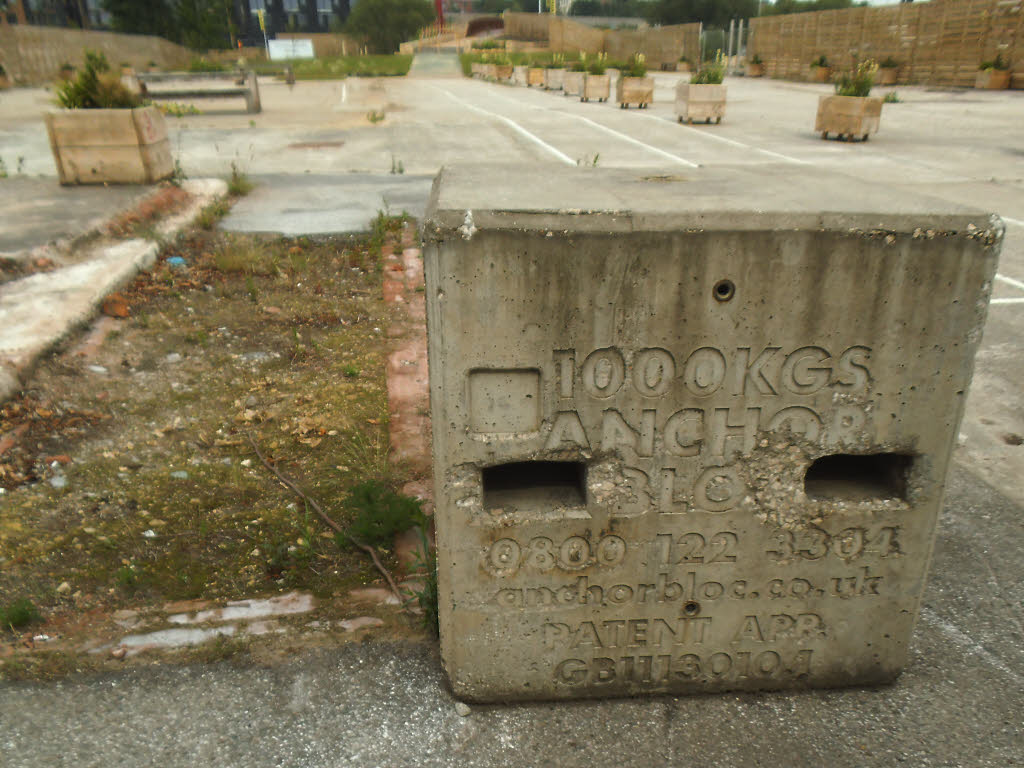How Many Grams Are There in a Ton?

Published on March 24, 2024
Understanding the conversion from tons to grams is crucial in various fields such as engineering, construction, and logistics. This article aims to elucidate this conversion, providing a comprehensive guide to understanding the relationship between these two units of measurement.
Here are the facts:
- 1 metric ton = 1,000,000 grams
- 1 imperial ton = 1,016,000 grams
- 1 US customary ton = 907,185 grams
The ton and the gram represent units of mass within different measurement systems. The ton is commonly used in the imperial and United States customary measurement systems, while the gram is a unit in the metric system. Due to their vast difference in magnitude, converting between these units requires a precise understanding of their respective values and the context in which they are used.
The Metric Ton
The metric ton, also known as a tonne, is equivalent to 1,000 kilograms or one million grams. It is widely used globally in countries that have adopted the metric system. The metric ton is utilized in industries such as shipping, mining, and agriculture to measure large quantities of materials or products.
Conversion:
1 metric ton = 1,000,000 grams
The Imperial Ton
The imperial ton, known as the long ton in the United Kingdom and other Commonwealth countries, is equivalent to 2,240 pounds or approximately 1,016 kilograms. It is larger than the metric ton and is primarily used in countries that utilize the imperial measurement system.
Conversion:
1 imperial ton (long ton)=1,016,000 grams
The US Customary Ton
The US customary ton, also referred to as the short ton, is commonly used in the United States. It is equivalent to 2,000 pounds or approximately 907 kilograms. The short ton is used in industries such as manufacturing, trading, and others that require the measurement of goods in large quantities.
Conversion:
1 US customary ton (short ton) = 907,185 grams
Factors Affecting the Conversion
When converting tons to grams, it is essential to identify which type of ton is being referenced. The lack of standardization between the metric, imperial, and US customary systems necessitates careful attention to detail to avoid significant errors in calculation. Additionally, the context in which these measurements are used can influence the choice of unit, with certain industries or regions preferring one system over another.
Practical Applications
The conversion from tons to grams is not merely an academic exercise; it has practical applications in various sectors. For instance, in the field of logistics, understanding the weight of cargo in grams can be crucial for calculating shipping costs accurately. In the construction industry, precise measurements in grams are often required for materials where even small deviations can lead to structural weaknesses. Moreover, in scientific research, especially in chemistry and physics, the conversion is vital for experiments that demand exact mass measurements.
The Takeaway
The conversion between tons and grams involves understanding the differences between the metric ton, the imperial (long) ton, and the US customary (short) ton. Each of these units corresponds to a substantial number of grams, highlighting the vast scale difference between them. By mastering these conversions, professionals across various industries can ensure accuracy in measurement, which is essential for operational success, safety, and compliance with standards. Whether for practical applications in business, science, or education, the ability to convert between tons and grams is a fundamental skill in the metric system.
Category: World Facts